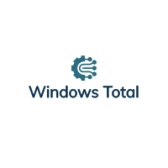The CanonCP780 Printer is a reliable and high-quality printer, but like any device, it requires the correct driver to function properly. In this post, we’ll explain how to find and install the latest CanonCP780 Driver, and offer tips for maintaining and updating the driver for optimal performance.
How to Automatically Install CanonCP780 Driver with DriverFix:
If you’re looking for a convenient and hassle-free way to download and install the CanonCP780 Driver, DriverFix is the perfect solution. With its intuitive interface and comprehensive database of drivers, it makes the process straightforward. Plus, it’s fast and reliable, so your printer can work smoothly in no time.
- Download DriverFix:
- Run the downloaded installer and follow the prompts to install DriverFix on your computer.
- Once DriverFix is installed, launch the software and click on the “Scan” button to scan your system for outdated or missing drivers.
- After the scan is complete, DriverFix will display a list of drivers that need to be updated.
- Find the CanonCP780 Driver in the list and click on the “Update All Drivers Now” button.
- DriverFix will now download and install the latest version of the CanonCP780 Driver on your computer.
- Once the installation is complete, restart your computer to apply the changes.
- That’s it! You should now have the CanonCP780 Driver installed and working properly on your computer.
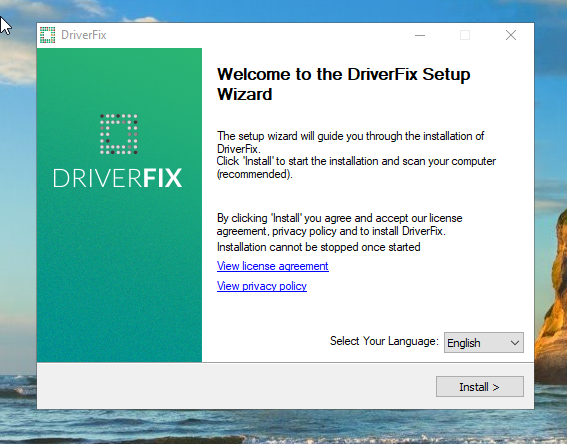
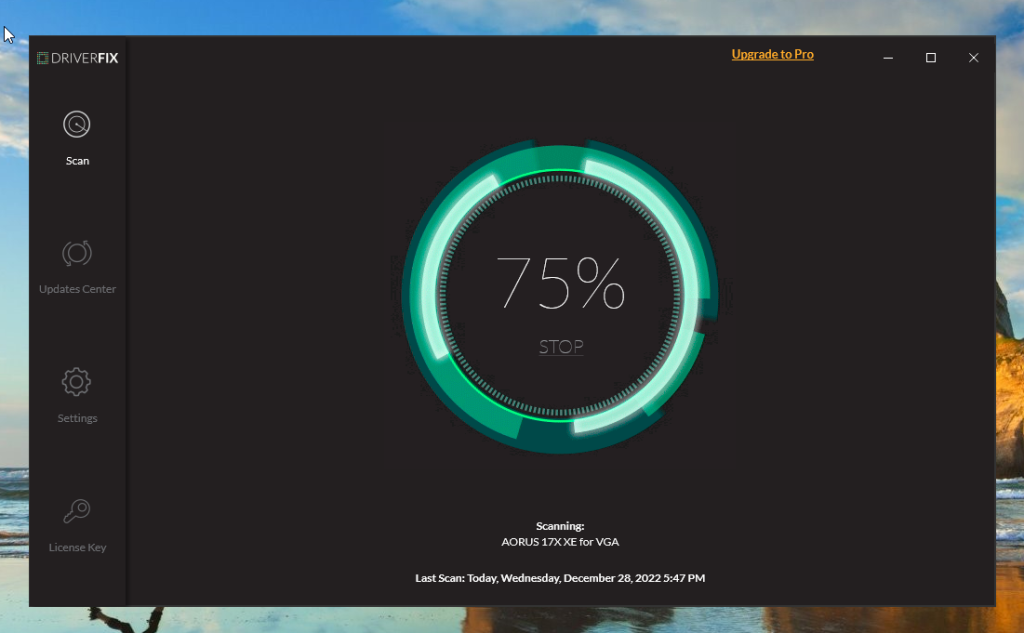
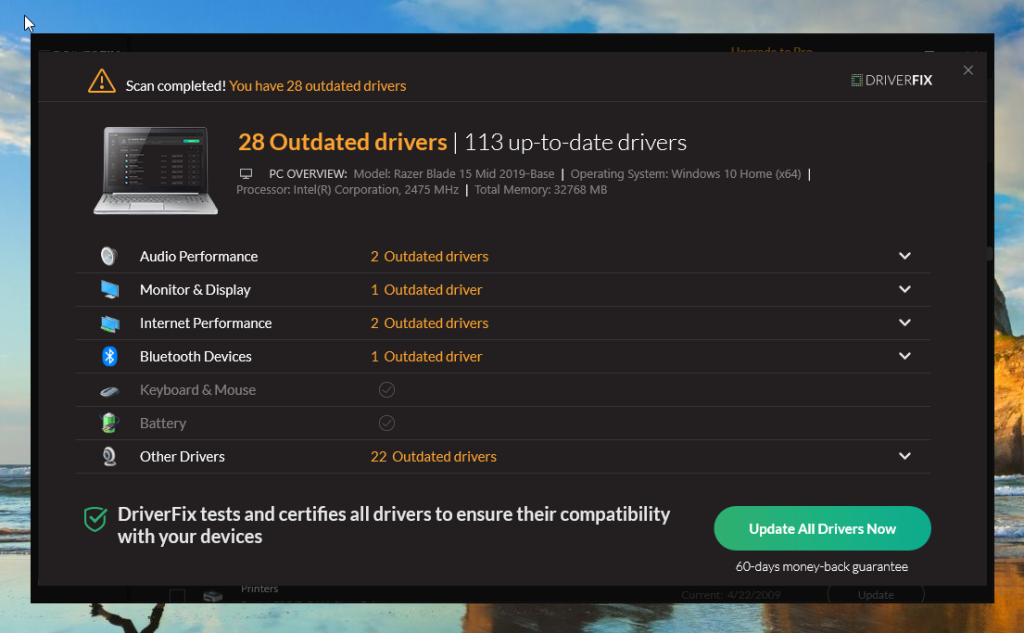
How to Manually Install CanonCP780 Driver with Windows Update
One of the advantages of using Windows Update to install the CanonCP780 Driver is that it’s a quick and easy process. Simply follow the on-screen instructions to check for updates, and the program will automatically download and install the latest driver for your printer. Plus, you can trust that the driver is legitimate, as it’s sourced directly from the manufacturer.
- Press the Windows key + R on your keyboard to open the Run dialog box.
- Type “devmgmt.msc” into the Run dialog box, and press Enter to open the Device Manager.
- In the Device Manager, find the CanonCP780 Printer device under the “Printer” or “Other devices” section.
- Right-click on the device and select “Update driver” from the context menu.
- In the Update Driver Software window, select “Search automatically for updated driver software.”
- Windows will now search online for the latest version of the CanonCP780 Driver and install it on your computer.
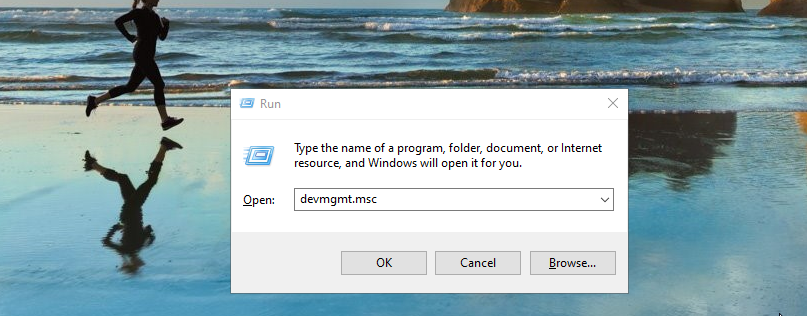

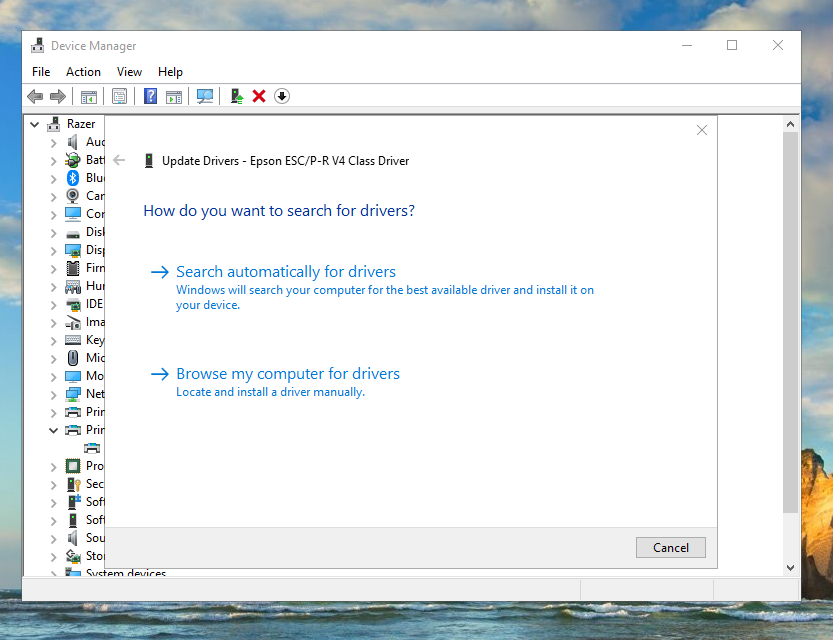
How to Manually Install CanonCP780 Driver with Device Manager
Device Manager is a built-in utility in Windows that allows you to manage the hardware devices connected to your system. It’s a useful tool for installing drivers, including the CanonCP780 Driver. To use it, simply open Device Manager and locate the printer in the list of devices. From there, you can update the driver by following the on-screen prompts.
- Press the Windows key + R on your keyboard to open the Run dialog box.
- Type “devmgmt.msc” into the Run dialog box, and press Enter to open the Device Manager.
- In the Device Manager, find the Brother DCP-8040 USB device under the “Printer” or “Other devices” section.
- Right-click on the device and select “Update driver” from the context menu.
- Select “Browse my computer for driver software” in the Update Driver Software window.
- Click on the “Browse” button and navigate to the location where you have saved the Brother DCP-8040 USB Driver file on your computer.
- Select the driver file and click “Open” to select it.
- Click “Next” to begin the installation process.
- Follow the prompts to install the Brother DCP-8040 USB Driver on your computer.


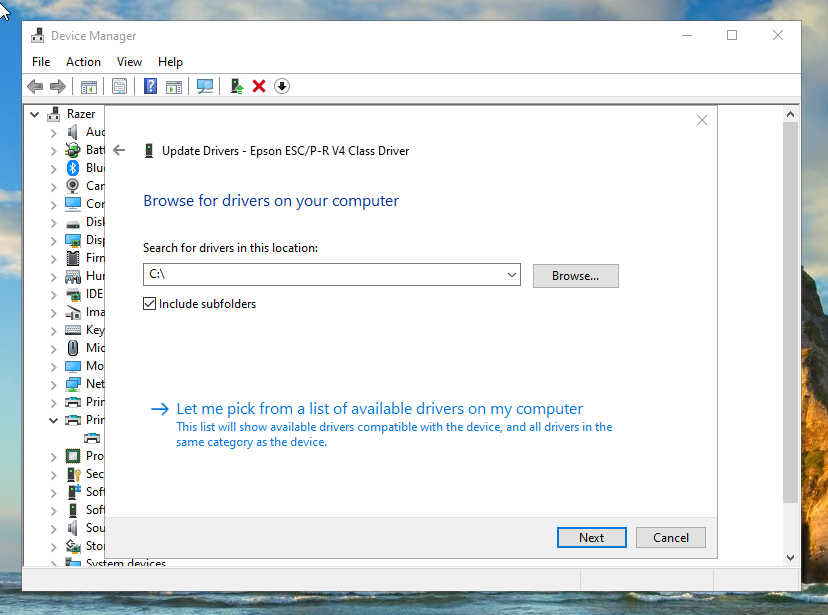
In Conclusion: The Importance of the CanonCP780 Driver
To summarize, the CanonCP780 Driver is a crucial component for ensuring that your printer is functioning properly. By following the steps outlined in this article, you can easily download and install the driver using various methods, including DriverFix, Windows Update, or Device Manager. Whether you’re setting up a new printer or troubleshooting an existing one, it’s essential to keep the driver up to date and properly configured to get the best performance possible.
